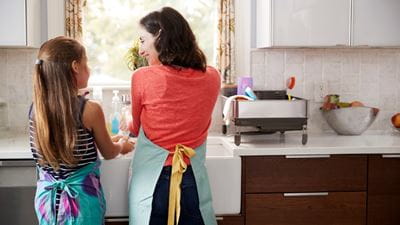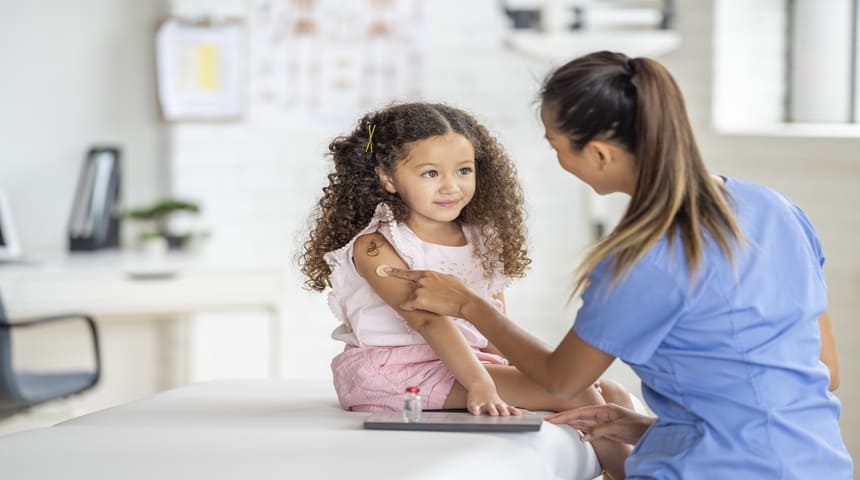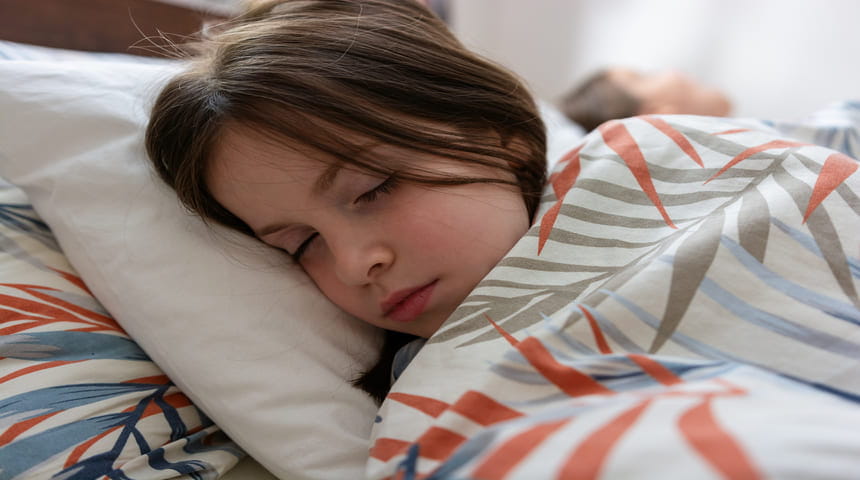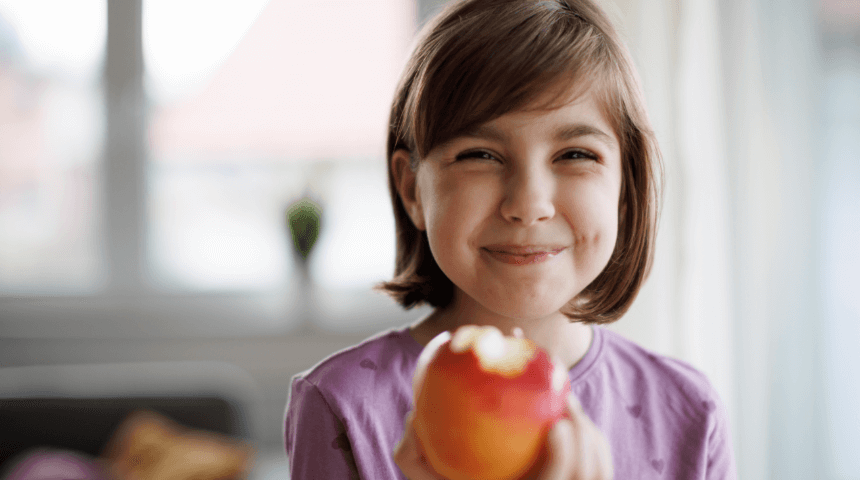Kids (and Adults)—Wash Your Hands!
From turning door knobs to pushing elevator buttons to sharing toys at a playdate, children are constantly touching items that are covered with germs. And then, when they touch areas like their noses, eyes and mouth, they introduce those germs to their bodies, which can make them sick. Think of your child picking up germs while touching the handle of a grocery cart, then popping their thumb into their mouth or rubbing their eyes.
While avoiding germs may seem impossible, there’s one thing your child can do that significantly reduces the risk of getting sick from germs: Wash their hands.
Handwashing Stops Spread of Disease
Backed by nearly 200 years of experience, handwashing remains the single most effective way to stay healthy.
The Centers for Disease Control and Prevention (CDC) says many diseases are spread by not washing hands with soap and clean, running water. Animal or human feces carry germs like salmonella or norovirus that can cause diarrhea and can get on hands after using the toilet. Also, if a person who is sick sneezes or coughs on an object, those cold or flu germs can linger on that surface for hours, even days.
Since most children wouldn’t agree to wearing gloves 24/7, having them wash their hands is the best way to protect them.
When Your Child Should Wash Their Hands
When should your child wash their hands? The obvious answer, of course, is when they’re dirty. But it’s not just when the dirt is visible. It’s most important to wash hands after potentially coming in contact with germs or when it’s particularly important to prevent the spread of germs. Some examples include:
- After visiting the restroom
- Before and after eating
- Before cooking
- Coming back from public places like school or the gym
- After petting animals
- After playing outside
- Before holding or playing with a baby
- After blowing their nose
- After sneezing or coughing into their hand
Best Ways to Wash Hands
The CDC suggests the best way to wash hands is to use a bar or gel soap and warm or cold running water. Soap helps remove germs better than water alone, and running water is better than reusing a standing bowl of water that can contain bacteria and germs.
Rub both hands vigorously with soap for at least 20 seconds, making sure to clean both sides of the hands, the spaces between fingers and under the nails. Rinse soap from hands with running water, then air dry or pat dry with a clean towel.
Make It Fun
Need some fun ways to help your kids learn to wash their hands effectively?
- Have them sing the happy birthday song twice through while washing their hands to ensure they wash long enough.
- Look for kid-oriented soap products, such as ones that contain glitter, to encourage children to wash thoroughly to get the glitter off.
- Use a handwashing chart with stickers to reinforce the behavior.
Hand Sanitizer
If you don’t have access to soap and water or if hands aren’t visibly soiled, you can use an alcohol-based hand sanitizer. The hand sanitizer should contain at least 60 percent alcohol and can be a gel or foam.
To use hand sanitizer, put some in one hand and rub it on both hands, back and front and in between the fingers, until hands are dry. The alcohol will cause the liquid to dry quickly.
Set an Example
As important as it is for kids to wash their hands, they aren’t likely to do it unless the adults around them do it, too. And yet, most adults either aren’t washing their hands or aren’t washing them correctly. One study showed that:
- 10 percent of people who used the bathroom didn’t wash their hands at all
- 33 percent who “washed” their hands didn’t use water
- 5 percent of those who used soap and water didn’t wash long enough to kill germs
Handwashing is a simple, basic process that can be easily done in most settings. If you had to choose just one thing to protect your child, it should be to keep their –and your—hands clean.
Are You Interested in Learning More?
Sign up for our e-newsletter for more tips and best practices from pediatricians.
Sign Up Here










